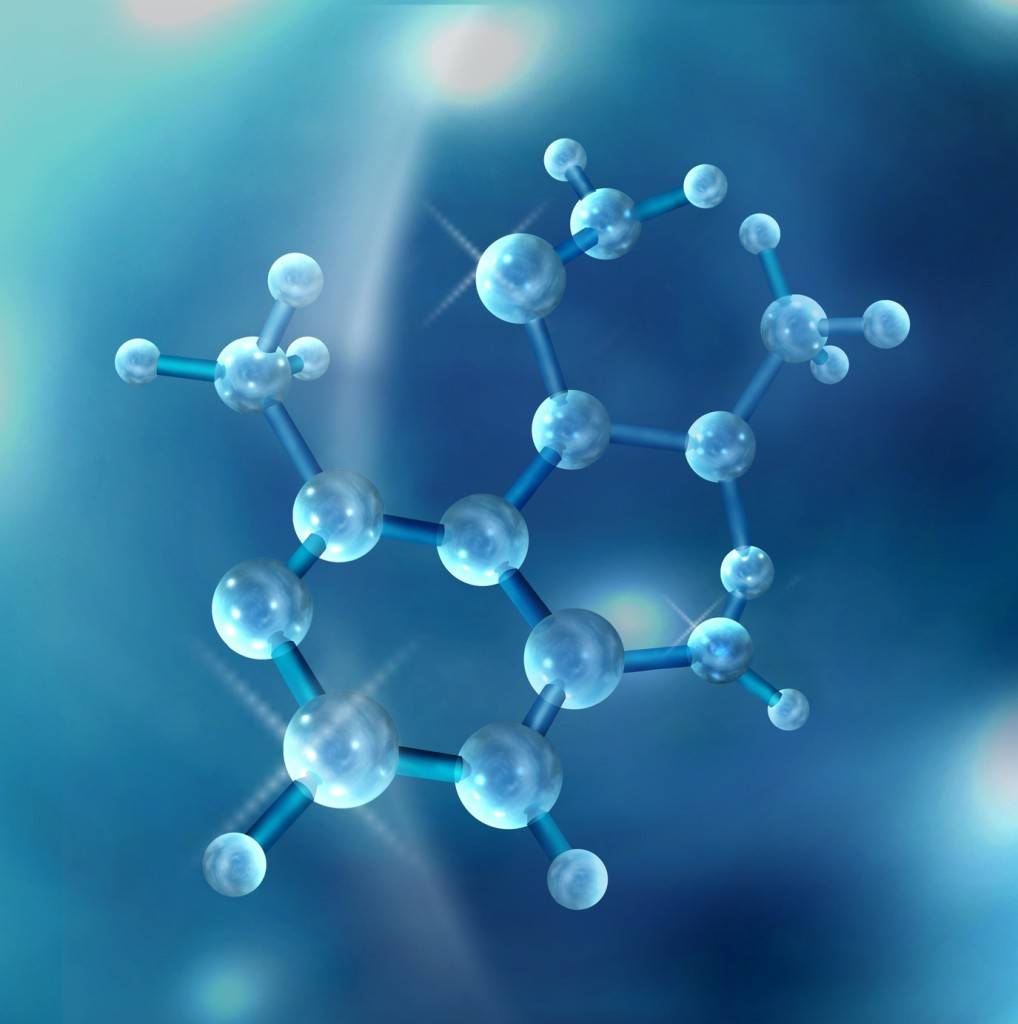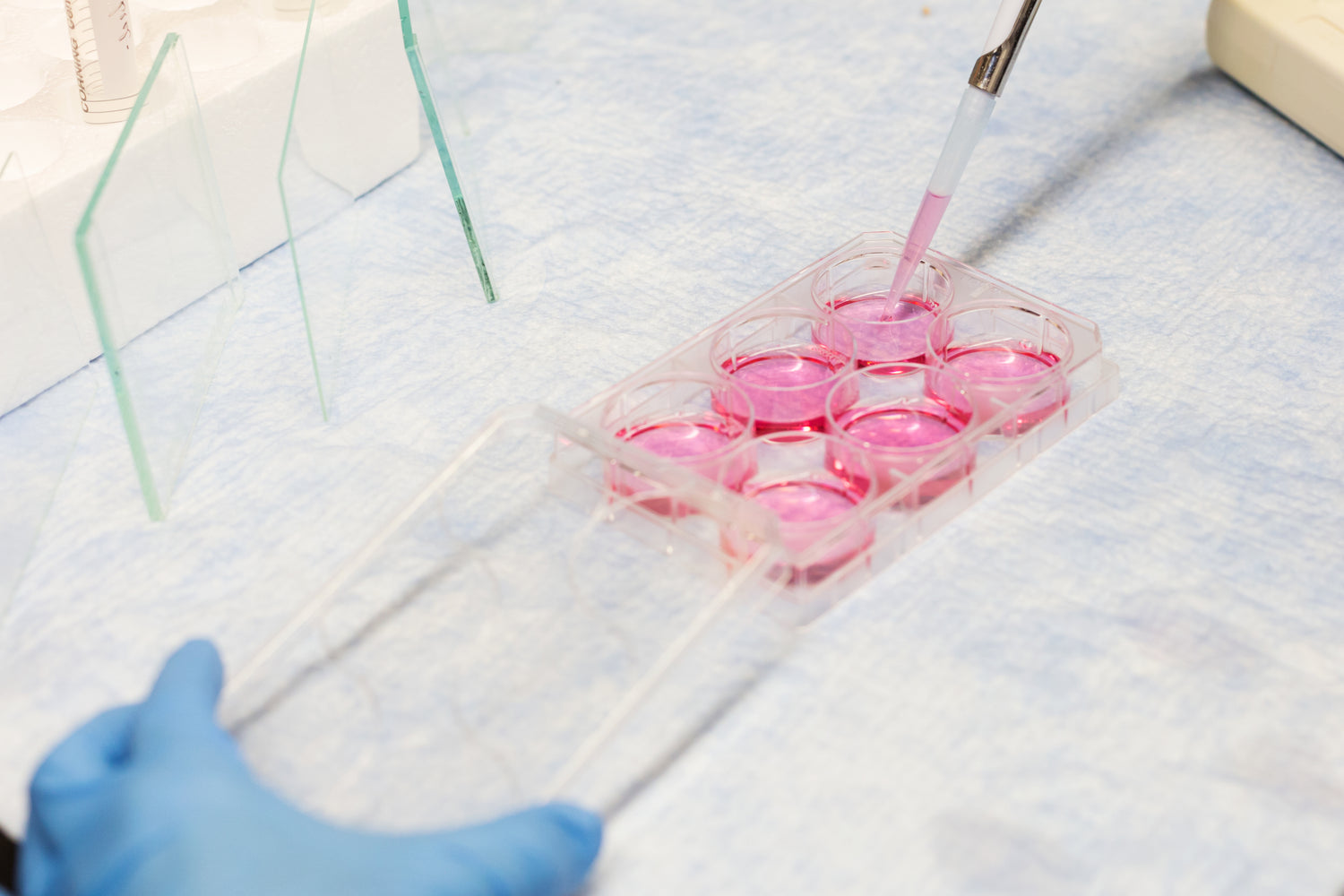Ultrasonic cavitation refers to the formation of alternating high and low pressure regions when ultrasonic waves propagate in the liquid medium. In the low pressure area, the pressure inside the liquid plummets, forming tiny bubbles. After entering the high-pressure area, the bubble quickly collapses. At the moment of bubble collapse, local high temperature and high pressure will be generated, releasing strong shock waves and high-speed microjets. This extreme physical condition can trigger a series of physical and chemical changes, greatly changing the material properties and reaction processes within the system.
Ultrasonic cavitation is widely used in the cleaning industry, especially for the cleaning of precision instruments. In the cleaning of precision instruments, the shock wave and microjet generated by ultrasonic cavitation can effectively remove dirt and impurities in the surface and gap of the instrument, and will not damage the instrument itself, and is widely used in the cleaning of optical lenses and electronic components.

In the field of chemical synthesis, ultrasonic cavitation can greatly accelerate the process of chemical reactions. The high temperature and high pressure environment generated by the collapse of the cavitation bubble provides additional energy for the chemical reaction and promotes the activation and collision of the reactant molecules, thus significantly increasing the reaction rate and yield. In the preparation process of nanomaterials, ultrasonic cavitation can promote the uniform nucleation and growth of nanoparticles, and precisely control the size and morphology of particles.
Acoustic cavitation has shown broad application prospects in the biomedical field. In terms of drug delivery, the temporary pores formed by ultrasonic cavitation on the cell membrane can efficiently introduce drug molecules into the cell interior and improve the therapeutic effect of drugs.
In the future, with the continuous development of material science and acoustic technology, the performance of ultrasonic equipment is expected to be further improved. By developing a new type of ultrasonic transducer and optimizing the equipment structure, the conversion efficiency of ultrasonic energy is improved and the energy consumption is reduced. With the help of advanced control technology, the precise control of ultrasonic cavitation process can be achieved, and the stability and repeatability of the treatment effect can be improved.








